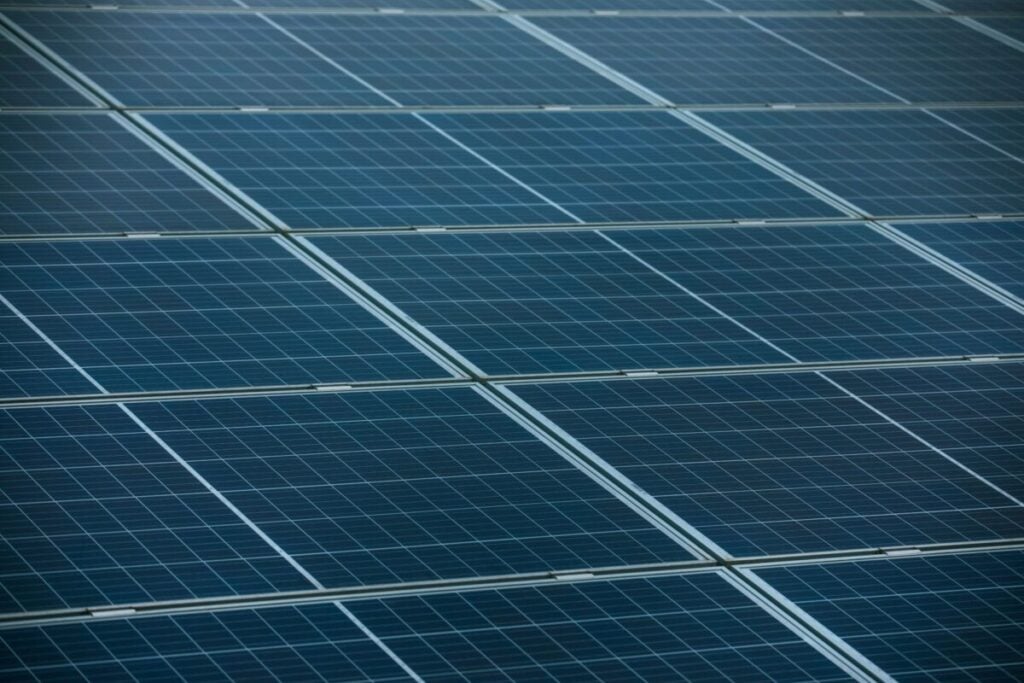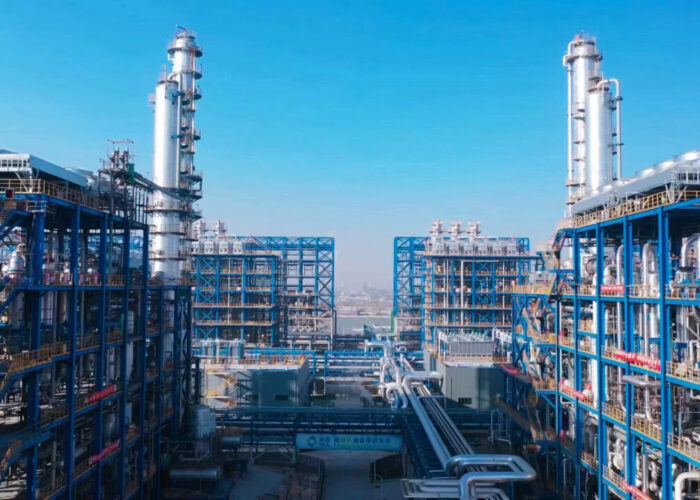
The US investigation into polysilicon imports could present the biggest supply chain challenge to the US solar industry, according to analyst Wood Mackenzie.
Launched earlier this month by the US Department of Commerce, the Section 232 investigation will examine the impact of polysilicon imports and on US industry and domestic demand. It could end up leading to tariffs on polysilicon.
Try Premium for just $1
- Full premium access for the first month at only $1
- Converts to an annual rate after 30 days unless cancelled
- Cancel anytime during the trial period
Premium Benefits
- Expert industry analysis and interviews
- Digital access to PV Tech Power journal
- Exclusive event discounts
Or get the full Premium subscription right away
Or continue reading this article for free
“The Section 232 investigation on polysilicon represents the industry’s biggest supply vulnerability,” said Elissa Pierce, research analyst, solar module technology and markets at Wood Mackenzie.
Pierce added that tariffs on polysilicon could “choke the entire US solar market,” as China controls 95% of global capacity, with limited availability of alternative sources.
“Unlike module factories built in months, polysilicon facilities require years to develop. This is time the industry may not have as trade tensions escalate, and inventory buffers rapidly deplete.”
AD/CVD petition against Indian companies
However, the investigation into polysilicon is not the only hurdle the US solar industry faces at the moment.
Wood Mackenzie highlighted the antidumping and countervailing duty (AD/CVD) tariffs on solar cells imported from four Southeast Asian countries – Malaysia, Thailand, Vietnam and Cambodia – which range between 41.08% for Malaysia to 660.04% for Cambodia.
These tariffs caused module prices to increase 12% year-on-year, according to Wood Mackenzie. They also triggered a rapid supply chain move to Indonesia and Laos, with imports of cells and modules reaching 0.9GW to 2.3GW, respectively, in Q1 2025. Their combined market share increased from 2% in Q1 2024 to 35% for modules and 18% for cells in Q1 2025.
Due to this rapid import shift, certain domestic US manufacturers filed a new AD/CVD petition against imports of solar cells from Indonesia, Laos and India. According to the group of manufacturers that launched the petition, it identified dumping margins – the difference between the price of goods in the exporting market and the artificially lowered price in the importing country – of 89.65% for products coming from Indonesia, 213.96% for Indian products and 245.79-249.09% for products from Laos.
Supply of solar cells or modules outside of these three countries or the four in the other AD/CVD investigation is scarce, Wood Mackenzie said. This will likely mean that almost all solar cells and modules entering the US will eventually be subject to AD/CVD tariffs, increasing prices.
FEOC restriction to impact domestic manufacturing
Furthermore, the FEOC (foreign entity of concern) restrictions included in the budget reconciliation bill could impact up to 23GW of operating annual nameplate module capacity. According to Wood Mackenzie, this could “force manufacturers to restructure ownership or abandon facilities entirely.”
Without the ability to apply for the 45X advanced manufacturing tax credits, margins for US manufacturers would be eliminated entirely, making domestic manufacturing unviable unless prices are increased.
Record imports in the past couple of years have left sufficient inventory to sustain demand in the US for 2025. This is a short-term fix as inventories are depleting quickly, with monthly imports dropping by more than half since Q4 2024, from an average of 5.3GW to 2.4GW.
MENA as the new alternative
“The solar industry’s supply chain shuffle reveals a fundamental paradox,” said Pierce. “Despite billions in tariffs and years of diversification efforts, Chinese companies still control manufacturing through regional subsidiaries.”
The Middle East and North Africa (MENA) region may emerge as a new alternative to supply the US. The region offers a lower “reciprocal” tariff rate of 10% compared with 26-48% for Indonesia, India and Laos.
The major short-term constraint, though, is that local manufacturing capacity is still being built and will not be available until 2026 at the earliest.
In addition, the majority of the manufacturing capacity built in the region comes from Chinese-owned companies. Developers aiming to claim tax credits will thus need to ensure they can still meet the FEOC requirements if they procure modules from the region. This could be difficult.
“The current trajectory suggests that without careful calibration of trade policies and industrial support, the US risks creating supply shortages that could slow renewable energy deployment at a critical time for climate goals,” concluded Wood Mackenzie.






